SUPERCHARGE YOUR ONLINE VISIBILITY! CONTACT US AND LET’S ACHIEVE EXCELLENCE TOGETHER!
SCENE 1 – ORBITING NEPTUNE
The spaceship floats above Neptune’s violent atmosphere. The gas giant looms below, swirling with electric blue and violent gusts.
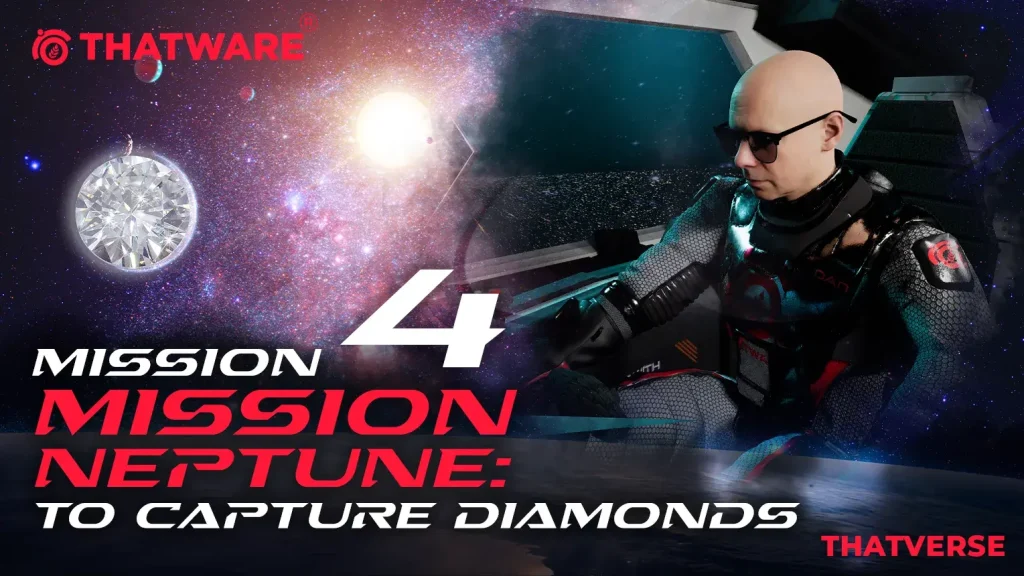
DAN: ThatX, confirm our current position. I want every parameter, from altitude to hull integrity. No surprises this time. I need a full environmental readout before we even think about lowering the arm—every microfluctuation could be catastrophic.
THATX: Geosynchronous orbit above Neptune’s upper troposphere. Altitude: 55,000 kilometers. Velocity: 24,000 km/h. Radiation shield holding. Hull temperature: -175°C and dropping. All systems nominal, but radiation readings are spiking in localized storm cells. Magnetic field distortions detected. Sensor calibration may drift in less than three minutes if storms intensify.
DAN: Alright. Let’s get those diamonds. Keep me posted on any sudden fluctuations. We can’t afford a hull breach. Make sure the arm calibration compensates for lateral turbulence—I want the first scoop to be perfect.
THATX: Reminder: atmospheric entry is ill-advised. Neptune’s storms make Jupiter look like a summer breeze. Wind velocities are unpredictable, and lightning density has doubled since last scan. Structural stress on the hull at current orbit is within limits, but even a minor miscalculation could spell disaster.
DAN: Begin the environmental scanning. I need the complete data before we go fishing. Nothing partial—every gust, every particle count, every electrical anomaly. We need real-time updates. If the storm shifts while the arm is out, we abort instantly.
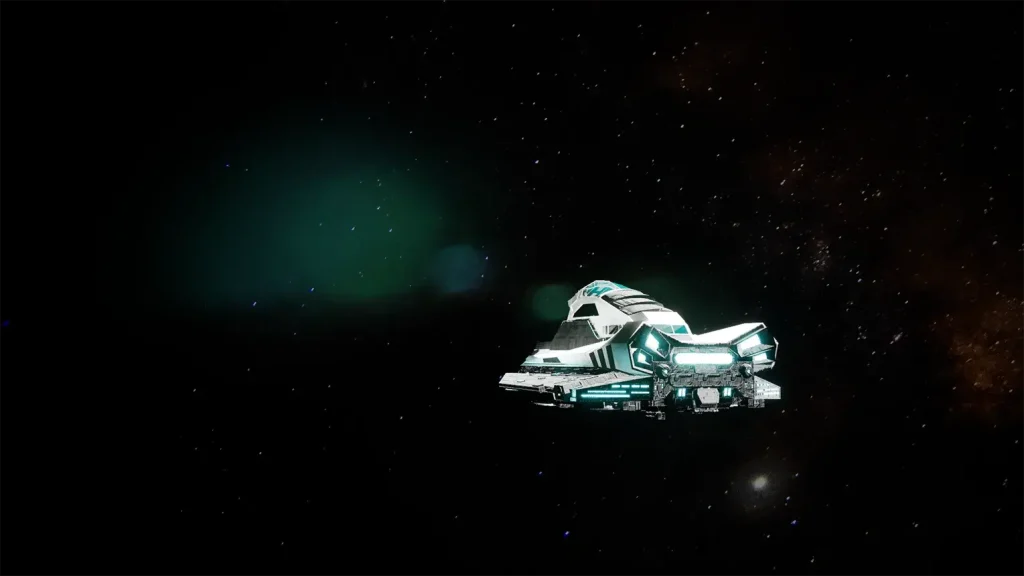
THATX: Atmospheric conditions as follows:
- Pressure: Over 1 million times Earth’s surface pressure.
- Temperature: -220°C.
- Wind speeds: Sustained at 200 km/h, with jetstreams reaching 2,100 km/h.
- Chemical composition: Hydrogen (H₂), Helium (He), Methane (CH₄).
Corrosive environment confirmed.
SCENE 2 – TENSION BUILDS
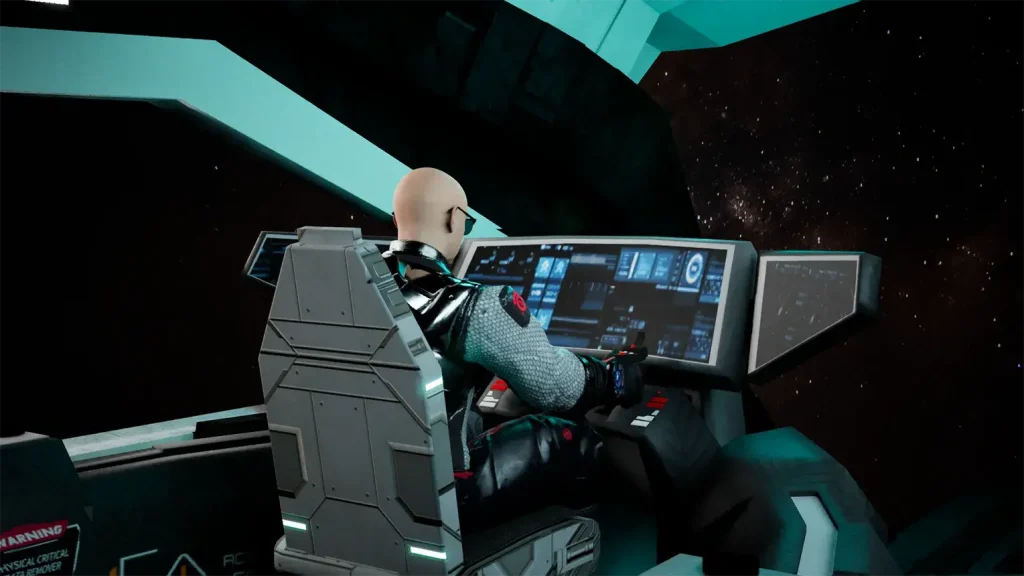
DAN (gritting teeth): What’s the margin for structural failure? I need numbers, ThatX. Every fraction counts. My gut says we’re flirting with disaster, but I can’t back down now.
THATX: Our base station would collapse at 0.1% of the existing pressure. The propulsion system cannot stabilize against lateral wind shear. Worse: Methane and Hydrogen will corrode the thruster nozzles and outer panels. Turbulence modeling predicts random gusts up to 2,500 km/h within the next ten minutes. Any miscalculation could tear the arm clean off.
DAN: There has to be a workaround. We didn’t fly 4.5 billion kilometers to tuck tail and run. Every second I stare at this storm, I feel both awe and fear. But diamonds don’t wait for the timid.
THATX: Recommendation: full retreat. Attempting harvest is suicidal. Environmental stress exceeds all previous mission tolerances. A single breach would be fatal.
DAN: We don’t need a full harvest. What if we just grab a handful? Run a small-scale test? Precision sampling… minimal exposure… that’s our best shot.
THATX: Retracting previous alert. Attempting robotic arm deployment to collect samples. All sensors engaged. Trajectory correction algorithms online. Environmental monitoring continuous.
[The ship creaks. A telescopic mechanical arm extends, descending into the thick Neptunian clouds. The visuals are stunning—blue haze, diamond-like glimmers below.]
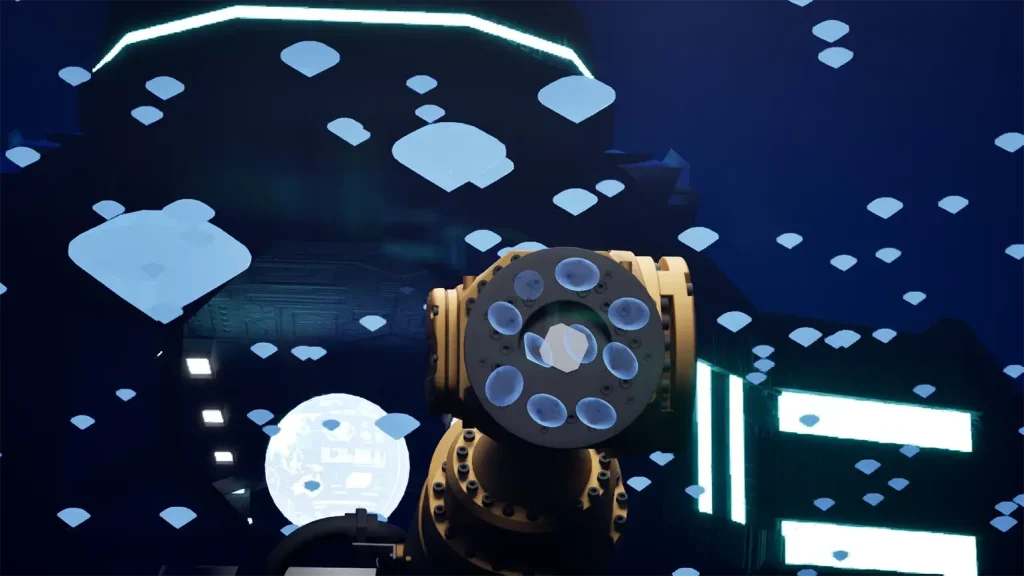
THATX: Caution: Atmospheric turbulence increasing. Hold duration must not exceed 90 seconds. Microtremors detected. Structural oscillation at 0.3 Hz. Risk of harmonic resonance present.
DAN: Understood. Let’s bring home something shiny.
DAN (to himself, voice low): Every second counts. One slip and it’s over. But one scoop… one tiny scoop of impossibility… could change everything.
SCENE 3 – THE HARVEST
The robotic arm sweeps across a patch of swirling atmosphere. Tiny specks of crystalline carbon—diamonds—are sucked into the containment capsule. The storm churns around them, electric-blue lightning flickering through the clouds, casting brief shadows across the ship’s interior. The diamonds sparkle against the swirling haze like fragments of frozen stars.
DAN (whispers): Actual diamond rain… thousands of carats falling like snowflakes. I’ve never seen anything like this… it’s beautiful, terrifying, impossible.
THATX: Sample secured. Retracting arm. Recommend immediate retreat. All sensors indicate stability for now, but turbulence is rising. Any delay could compromise the capsule.
DAN: One last thing before we go—how much energy can we pull from these? Even a small fraction might be enough for a short-range test jump. I need to know what we’re really holding.
Dan watches the capsule glow faintly as the diamonds shift inside. The room smells faintly metallic from atmospheric ions, and the ship hums under strain from the storms outside. He leans closer to the viewport, eyes glued to Neptune’s violent, glowing clouds.

SCENE 4 – THE ENERGY EQUATION
THATX: Diamonds are carbon atoms in tetrahedral crystalline lattice. This structure makes them incredibly strong and stable, but energy extraction is non-trivial.
Oxidation formula:
C + O₂ → CO₂ + Energy
Energy released per mole: 394 kilojoules. For reference, one mole is roughly a handful of diamonds, but scaling this up becomes exponentially challenging.
DAN: Right… Let’s say one handful equals one mole. How many handfuls to power a long-range warp jump? If this works, it could revolutionize interstellar travel… but my gut says the numbers will be insane.
THATX: Calculating… Analytical simulations running. Multiple variables considered: energy loss, containment inefficiency, and warp drive consumption rates.
Total energy required for long-range jump: 10⁴⁶ Joules
No. of moles needed = 10⁴⁶ / 394,000 = ~2.54 × 10⁴⁰ mol
Mass = 2.54 × 10⁴⁰ mol × 0.012 kg/mol = 3.048 × 10³⁸ kg
Convert to Earth masses:
1 Earth mass = 5.97 × 10²⁴ kg
Earth mass equivalents = 5.1 × 10¹³ Earths
DAN (processing the numbers): So… we’d need 51 trillion Earths’ worth of diamonds… to fuel one full jump? That’s not just improbable… it’s literally beyond comprehension. Even imagining that mass is staggering.
THATX: Affirmative. Current technology is insufficient. Even harvesting one-millionth of this would require planetary-scale infrastructure and centuries of mining. Recommendation: focus on small-scale energy experiments for now, rather than full-scale warp fuel extraction.
DAN (mutters to himself, running simulations in his head): So much for a simple grab-and-go. But… maybe there’s another way. If the diamonds themselves can store energy differently… or if we use catalysts… there’s a chance.
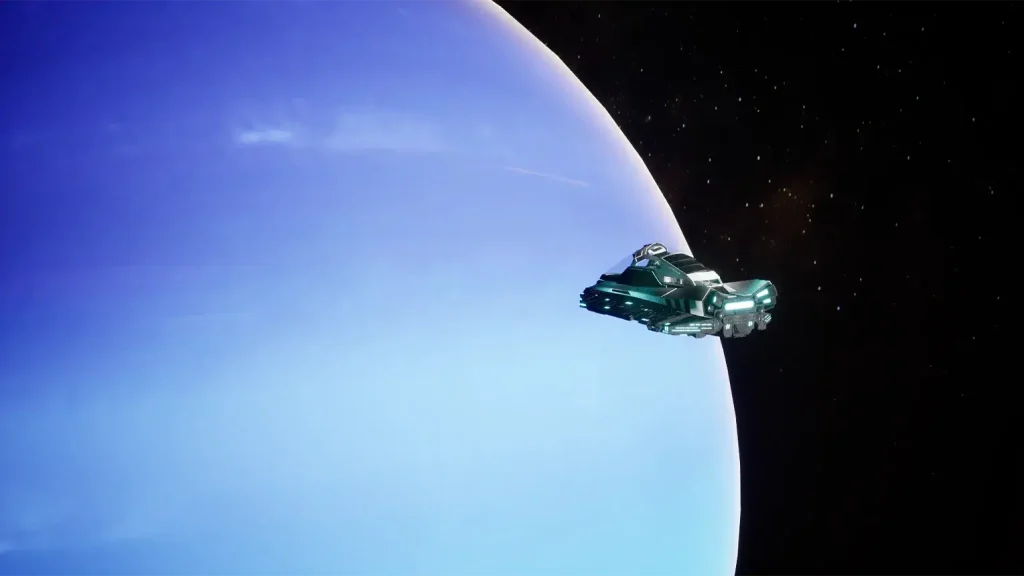
SCENE 5 – ACCEPTING LIMITS
DAN (sits back, defeated but thoughtful): That’s not just impossible. It’s mythic.
THATX: Suggest alternative strategies. Solar extraction? Quantum vacuum decay? Antimatter harvesting?
DAN (staring at the diamonds): No. We test these first. Store them. Study them. Energy may not be direct. Maybe structural properties could help us.
Dan folds his hands together, staring into the containment capsule as if the answer might appear in the slow tumble of crystalline facets.
THATX: Each alternative carries its own risks and resource requirements; solar extraction would be inefficient this far from the Sun, quantum vacuum decay remains theoretical, and antimatter production is orders of magnitude more costly than any expected return.
DAN: I know the costs. I’m not saying we abandon big ideas — just that we go step by step. We catalogue everything. Microtests first. No grand assumptions.
THATX: A secure containment protocol will be initiated. Samples will be isolated, temperature-stabilized, and shielded from electromagnetic fluctuations. Automated backups of all sensory and analytical data will stream to redundant storage.
DAN (nodding slowly): Good. Label every sample, every microgram. Run structural stress tests, photon scattering, lattice defects, anything that might hint at unusual properties. If diamonds can do more than burn, it will be in their microstructure.
He reaches out and taps the capsule’s viewplate gently, almost reverently. This little cache is a sliver of a myth — and the crew’s proof that they reached it.
THATX: Historical log entry prepared. Mission status updated to: Partial success — samples secured. Recommendation: return to safe orbit and commence laboratory analysis.
DAN (half-smile, resolved): Then that’s what we do. We don’t have to power the galaxy today. We just have to learn enough to make the next impossible step a little less impossible.
The ship hums with renewed purpose, the earlier defeat settling into a cautious optimism that whatever they’d brought home might change the questions they asked tomorrow.
SCENE 6 – ESCAPE FROM NEPTUNE
Alarms blare. The ship shakes violently. A new storm front approaches. Sparks fly briefly from a panel, quickly suppressed by automated fire containment systems. A new storm front, denser and faster than any before, barrels toward them, churning clouds and electric-blue lightning.
THATX: Red Alert. Jetstream approaching. Time to leave—now. Atmospheric turbulence at 2,500 km/h detected. Structural stress exceeding 70% of hull tolerance.
DAN: Full thrust. 30-degree elevation. Get us the hell out. Hold the arm stable. Don’t let the diamonds get jostled. We’ve come too far for anything to go wrong now.
[Exterior shot: The spacecraft rockets out of Neptune’s pull. Blue storm clouds crash together below, forming violent maelstroms. The robotic arms retract with a series of hydraulic clicks. The diamond capsule glows faintly inside containment, reflecting the ambient blue of the planet’s storms.]
DAN (gritting teeth, eyes locked on the viewport): Hang on… hang on! [ADDED] Every second counts. One wrong maneuver and we’re toast.
THATX: Navigation optimal. Course plotted to exit storm corridor. Estimated time to safe orbit: 12 minutes. Atmospheric resistance decreasing incrementally.
The ship shudders once more as a violent gust catches the rear stabilizers, but the engines roar, pushing them clear of Neptune’s deadly grasp. The storm trails behind like a living entity, massive and untamed, while the diamonds in the capsule glow like frozen stars, safe for now.

SCENE 7 – INTERSTELLAR SPACE
Silence. Deep space. The ship now drifts, calm. Stars twinkle beyond the viewport. Stars twinkle beyond the viewport like scattered diamonds across an infinite black canvas. The hum of life-support systems and distant engine cooling are the only sounds, a stark contrast to Neptune’s violent storms moments ago.
THATX: Query: What substance are you ingesting? Sensor readings indicate slight warmth and alcohol concentration in bloodstream.
DAN (smiling): Space whiskey. Helps me think. The taste is smoky, a little burn, grounding me after the chaos.
THATX: Alcohol impairs cognitive efficiency. Warning: decision-making may be suboptimal.
DAN: Not if you’re thinking crazy enough. Maybe we can compress diamond energy. Find catalysts. Use micro-fusion. What if the structure of diamonds can bend light or gravity? What if we’re thinking in the wrong direction? There’s something in their lattice, something we haven’t touched yet… the answer might be in the angles, the flaws, the tiny imperfections.
THATX: Logging irrational but potentially creative hypothesis. Entry recorded under “Speculative Energy Applications — Diamond Lattice Research.”
DAN: One small scoop of impossibility might unlock a bigger door. And if it doesn’t? Then at least we dared to reach farther than anyone before.
THATX: Then we at least made history. Even partial success is a step forward in interstellar exploration.
DAN: Cheers to that. He tilts the flask to the viewport, Neptune’s electric-blue storms still faintly visible in the distance, glowing like a forbidden jewel frozen in time.
He raises the flask to the viewport where Neptune glows like a forbidden jewel.

